Having long been mistreated, Indigenous Quechua women have found ways to honor their ancestors and stories with their unique hats, which form an integral part of Peruvian culture.
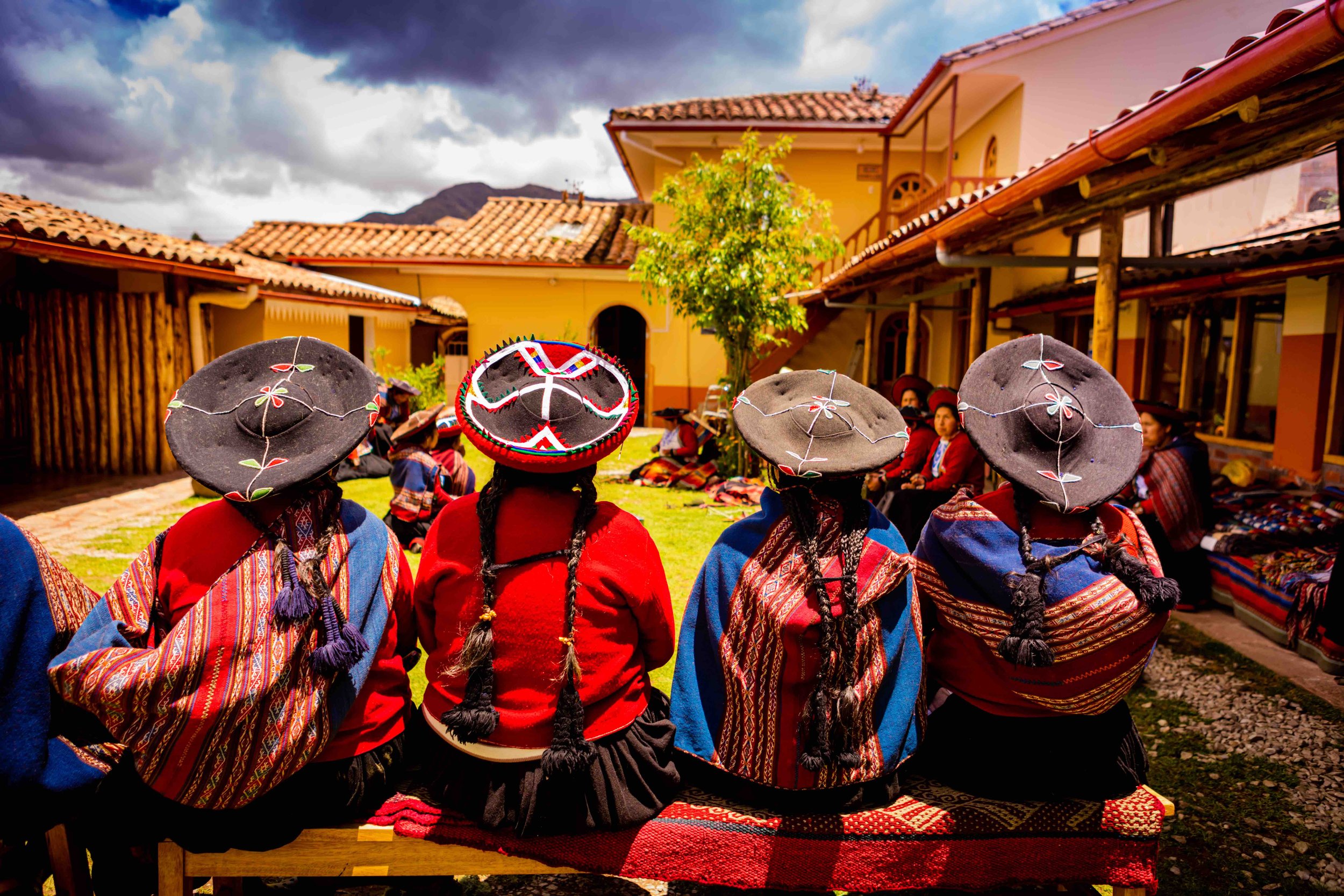
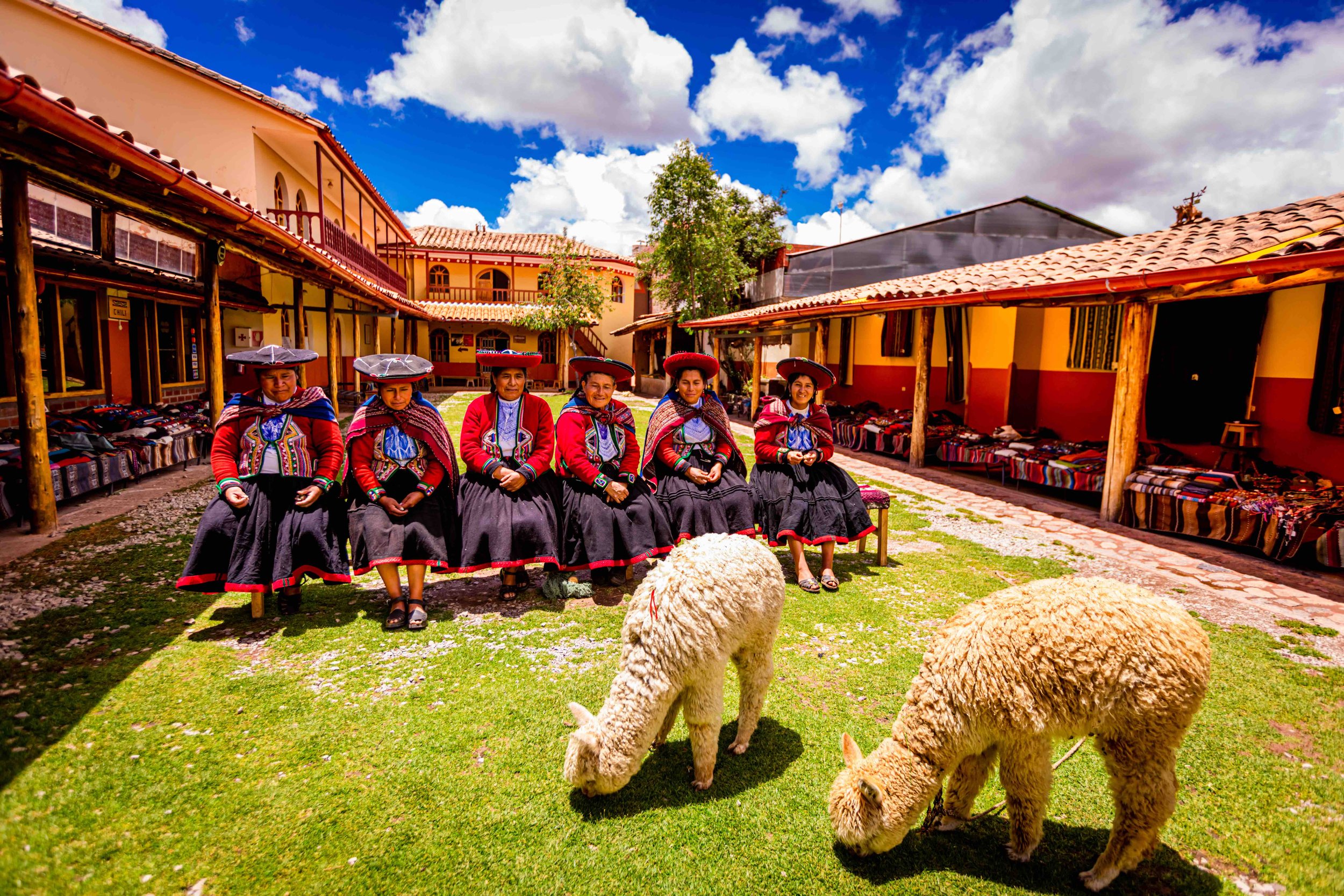
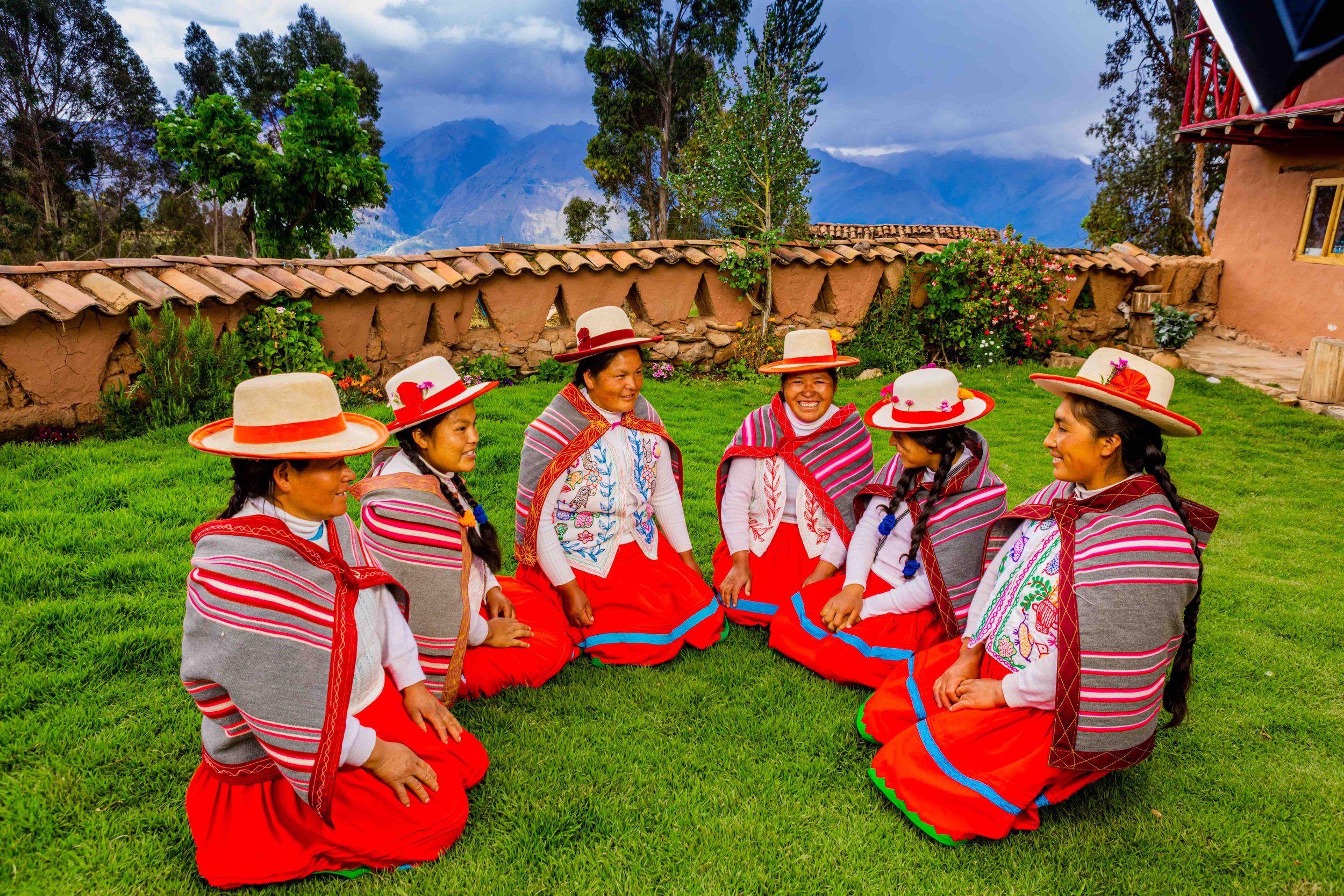
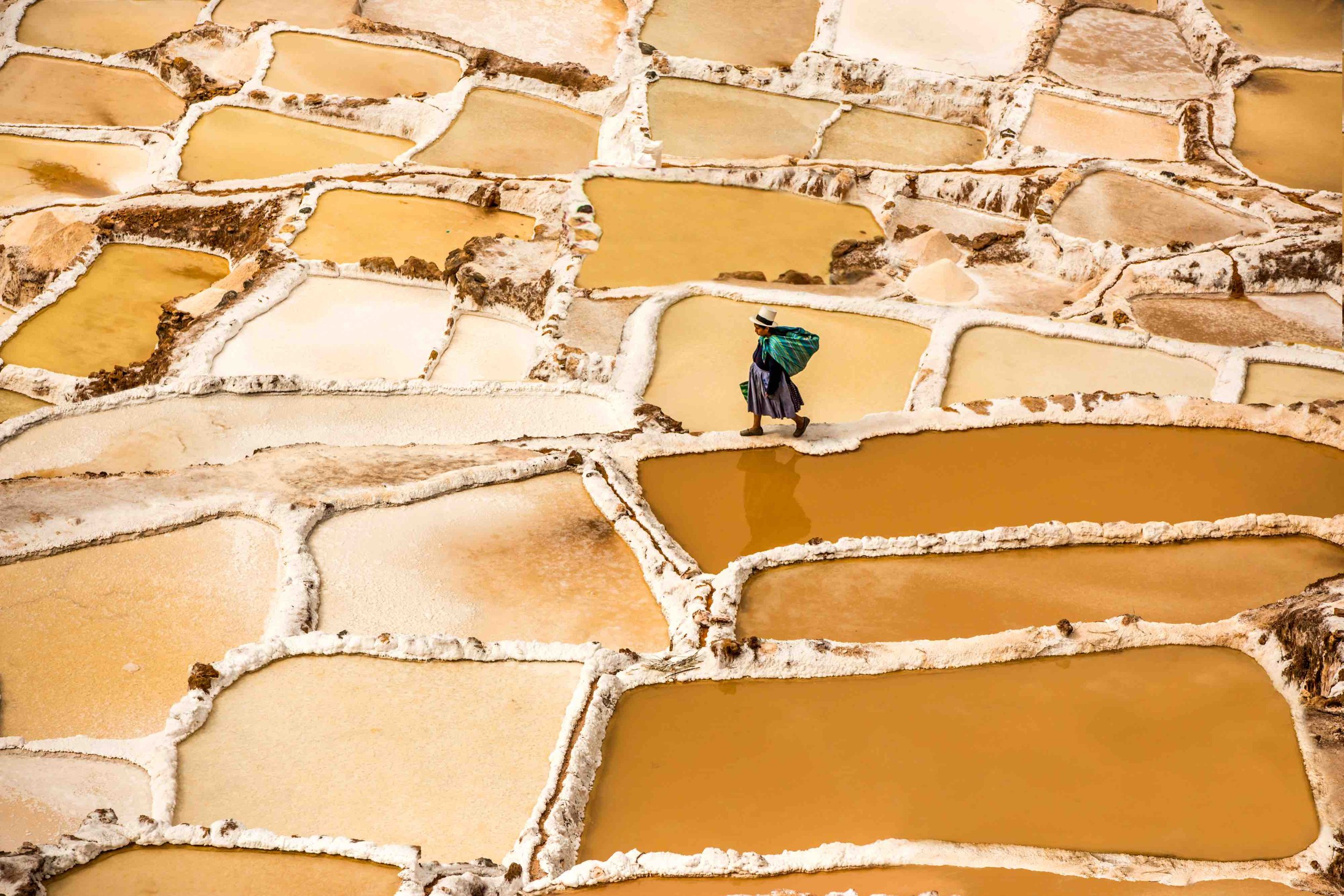
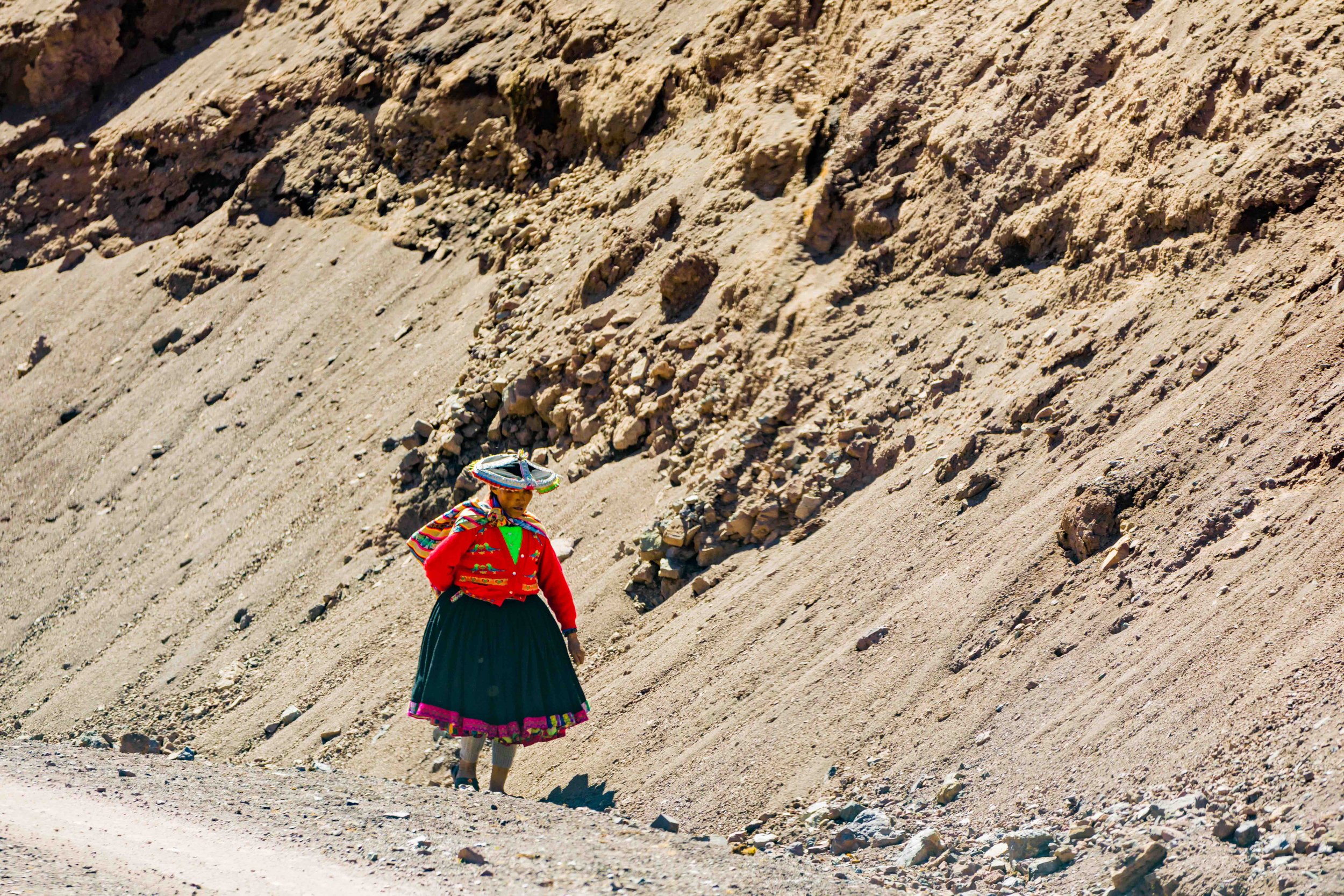
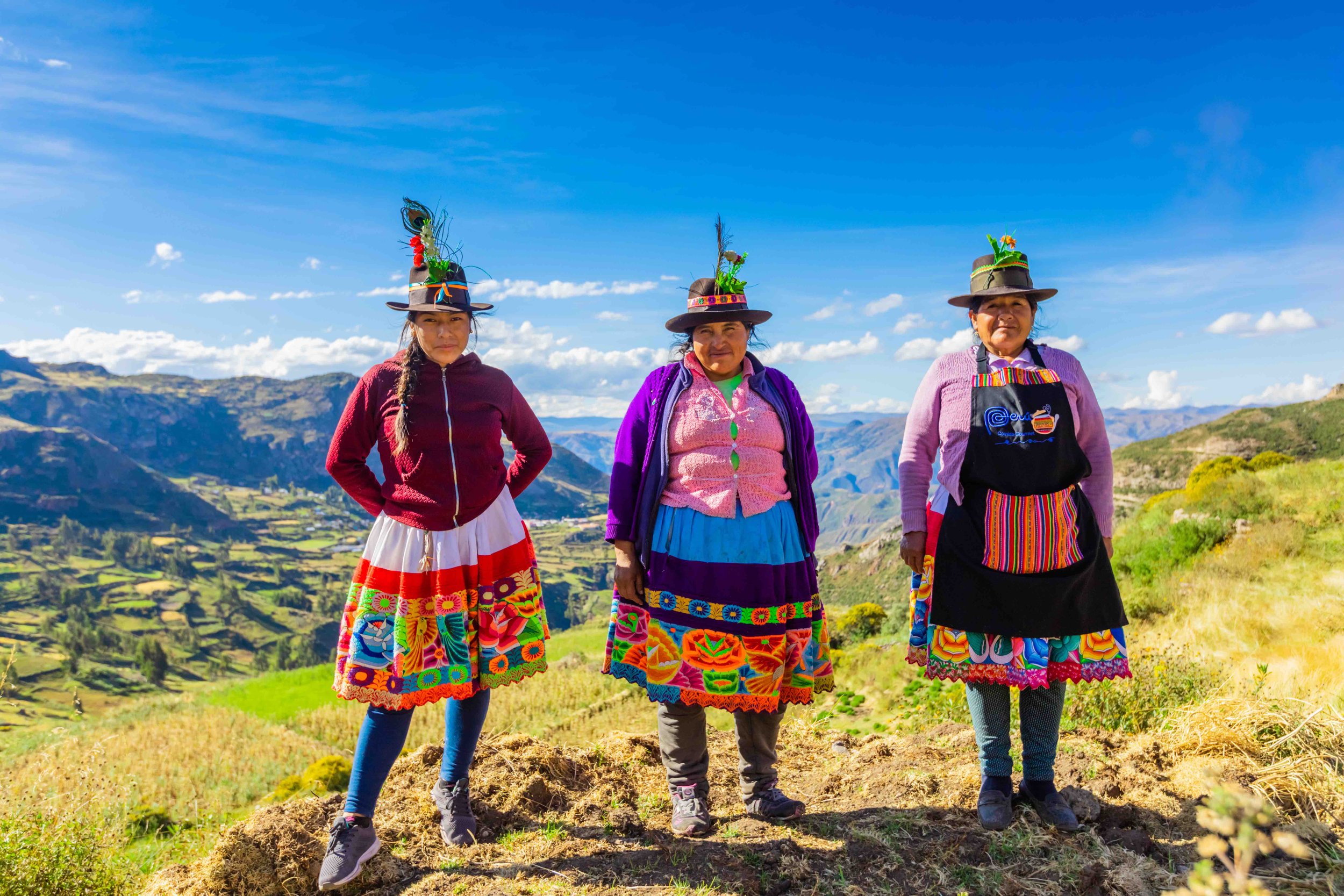


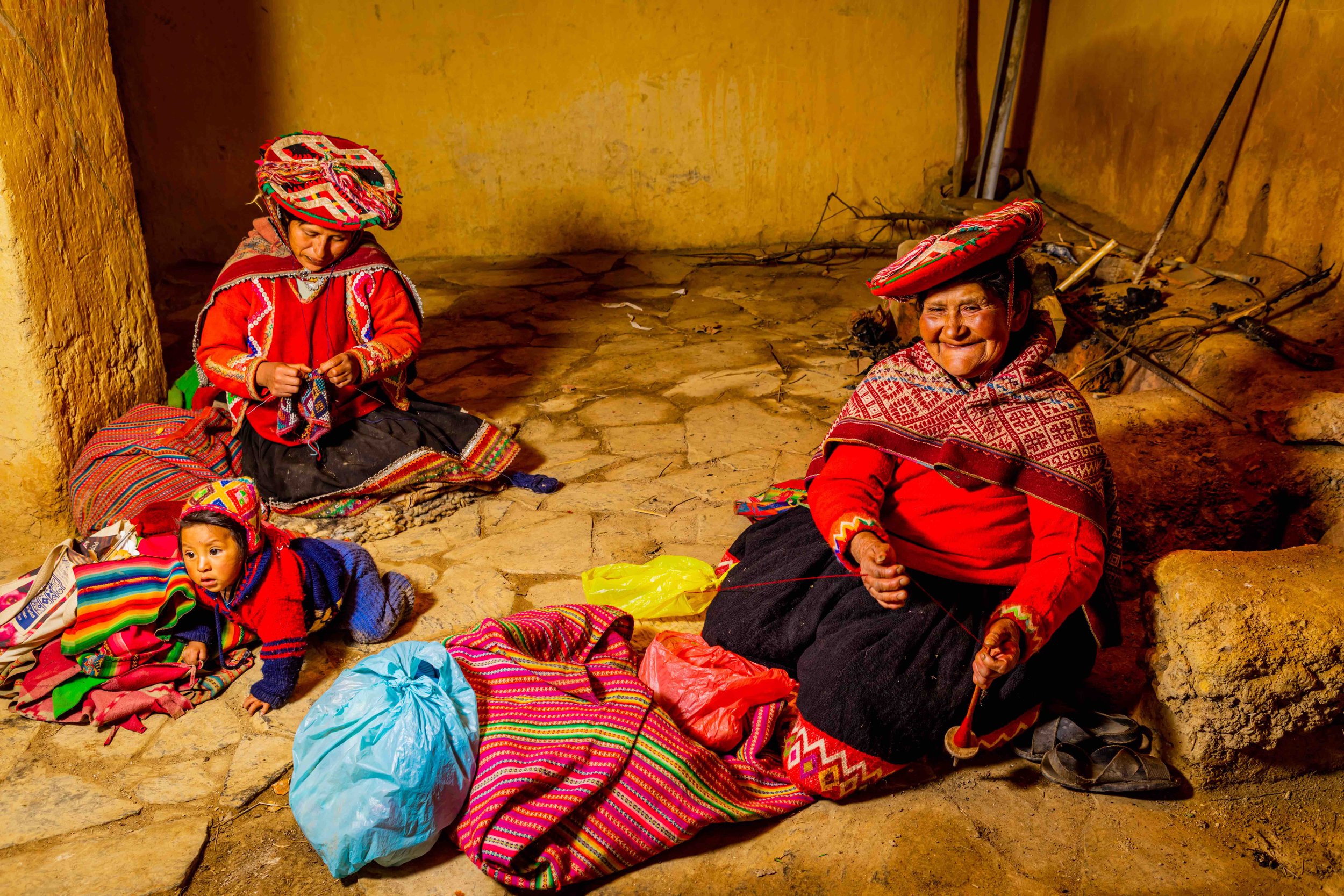
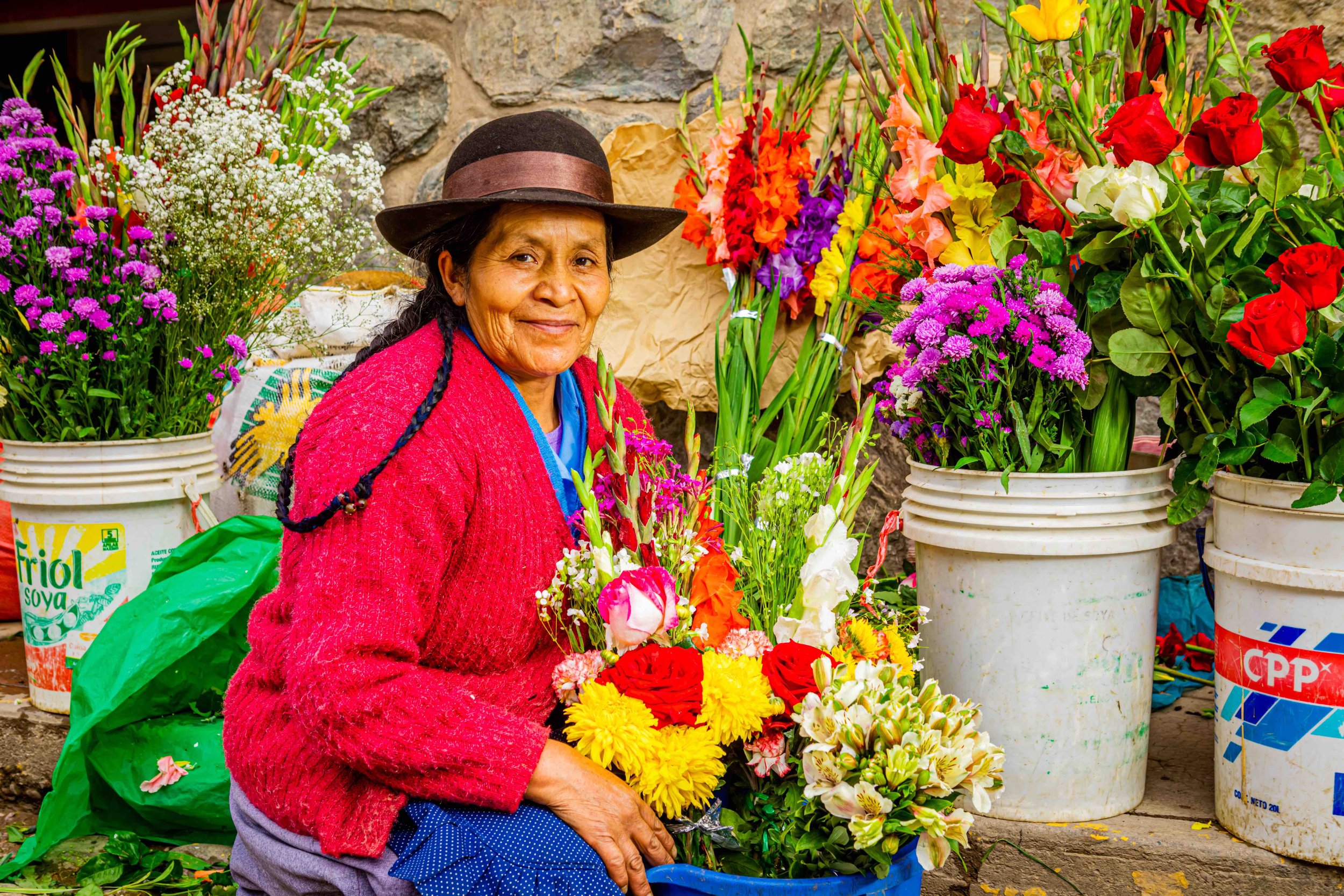

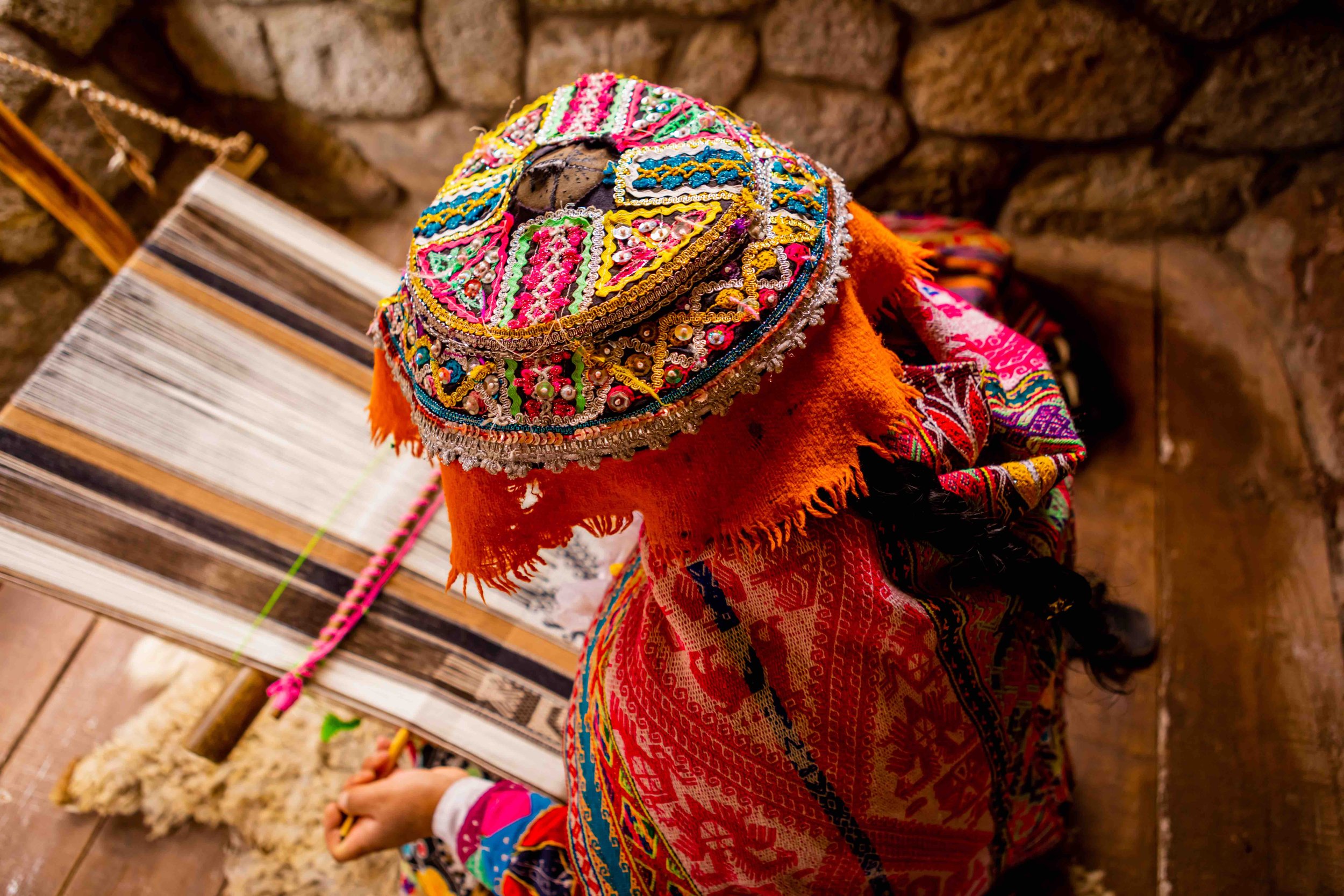
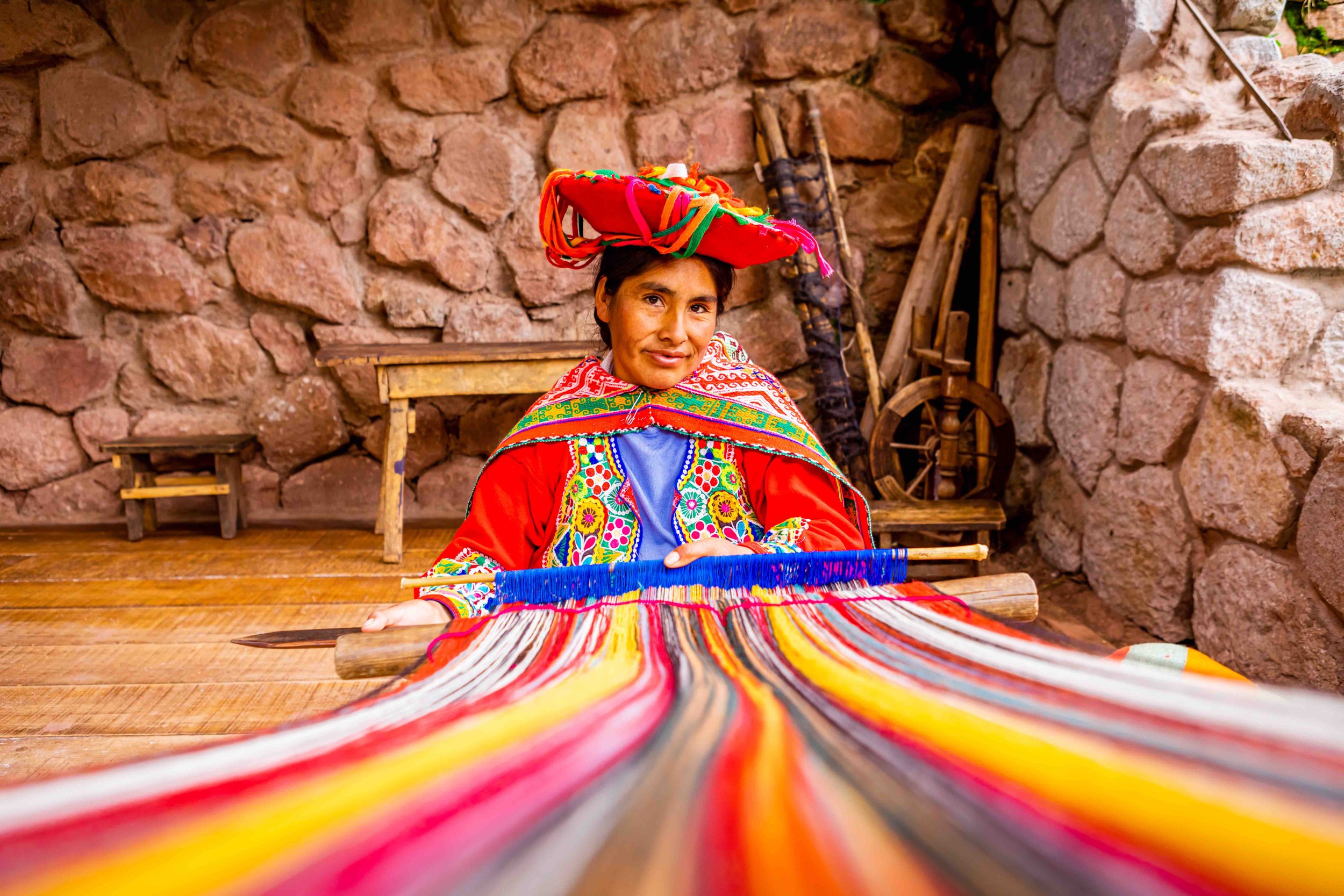

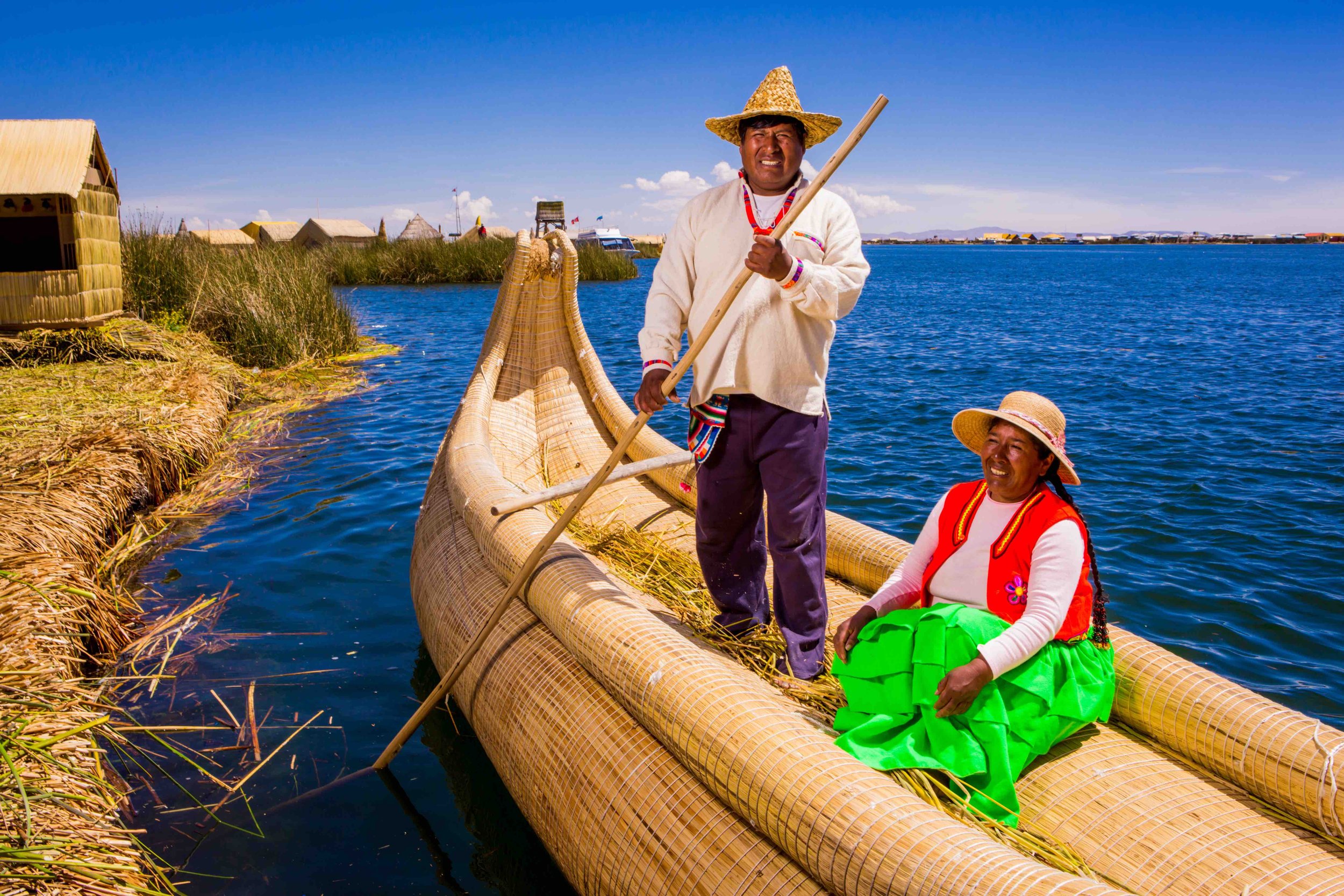
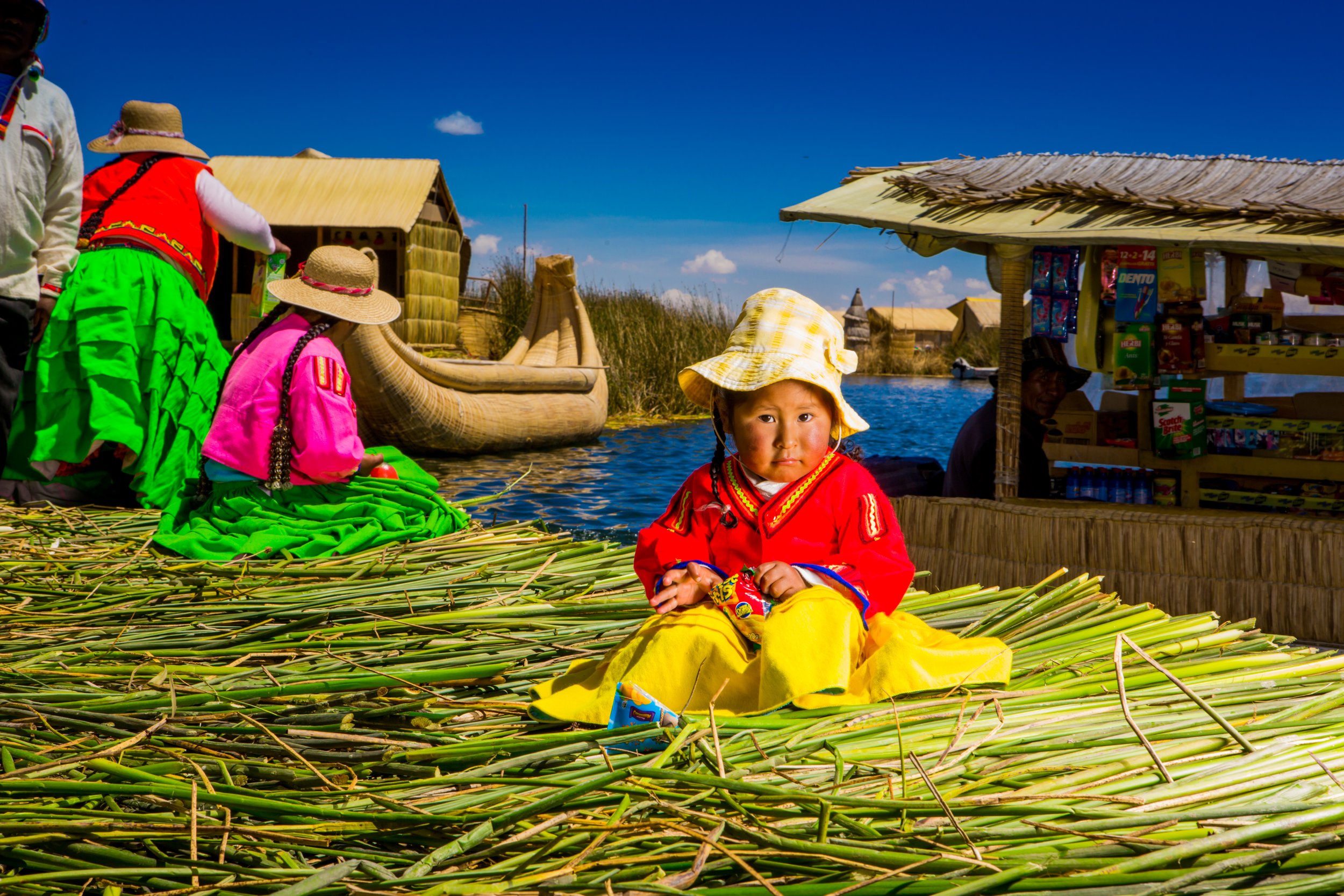

“At the age of 14, my mother traveled from her Wanka Quechua agrarian community in the Andean highlands of Peru to work in the coastal capital of Lima as a domestica, domestic servant, which in the 1950s was the civil term for Indigenous girl children working for generally well-to-do families. Employers called the girls cholas, a derogatory term referring to highland indios (Indians, also derogatory) and la muchacha (my girl), reflecting their race and class and the subjects they became upon entry into employment.”
This story is spoken from the voice of former Peruvian Congresswoman Hilaria Supa Huamán in the opening lines of her autobiography “Threads of My Life.” She details the unfair treatment Quechua women had to go through in their communities and highlights the horrors they face. They are an important part of history and, of course, modern Peru.
The South American country is now a combination of worlds with its mixed race society. After almost five hundred years, the Indigenous Quechua people have made their mark on Peru and across the central Andes with their history, culture, clothing, and language still playing a large role in broader Peruvian culture.
Indeed, in order to preserve these traditions, Quechua women create works of art, as their ancestors have done for centuries. The fabric they weave captures a sacred part of their lives and places the important stories of their lives into textiles, so that these practices live on. It is how these memories are most vividly remembered.
In fact, hats are also a type of personal project that tell a woman’s heritage, social and marital status, how much Spanish blood they have, if they are important in their village, and much more. The women infuse their spirit and beliefs into hats with pride.
Worn by Quechua women throughout the Sacred Valley, the felt hats are decorated with flowers, fruits, and other adornments to tell visitors where the hat-wearer is from. The hat’s angle can even indicate to others that the woman wearing it is a widow.
Each hat has its own history and meaning written in its color and design. Tall white hats made of thatch are said to suggest a person is of mixed Inca and Spanish heritage, while brown or green hats made from sheep’s wool indicate a woman of solely indigenous Andean stock. The woven cloth on the lady’s back is called a Lliklla and is used as a backpack for goods as well as children.
These unique weavings by the Quechua women have started to get international attention. While trekking through the infamous Ausangate/Rainbow Mountain Trek, photographer Laura Grier stumbled upon these designs by Andean women and were instantly captivated. To share their energy and spread awareness, she and her girlfriend Pats Krysiak have started a hat company called Andeana Hats that combines their traditional hat styles, woven language and spirituality.
Laura has created a photo portrait series as a personal project and features portraits of Quechua women sprinkled throughout the Sacred Valley, the Andes Mountains of Peru, and Bolivia.
Throughout the Andean regions in South America, Quechua women express their identities and stories through their traditional clothing and accessories. It is impressive to see them keep their culture alive in a vastly changing modern world.
Michelle Tian
Michelle is a senior at Boston University, majoring in journalism and minoring in philosophy. Her parents are first-generation immigrants from China, so her love for different cultures and traveling came naturally at a young age. After graduation, she hopes to continue sharing important messages through her work.

